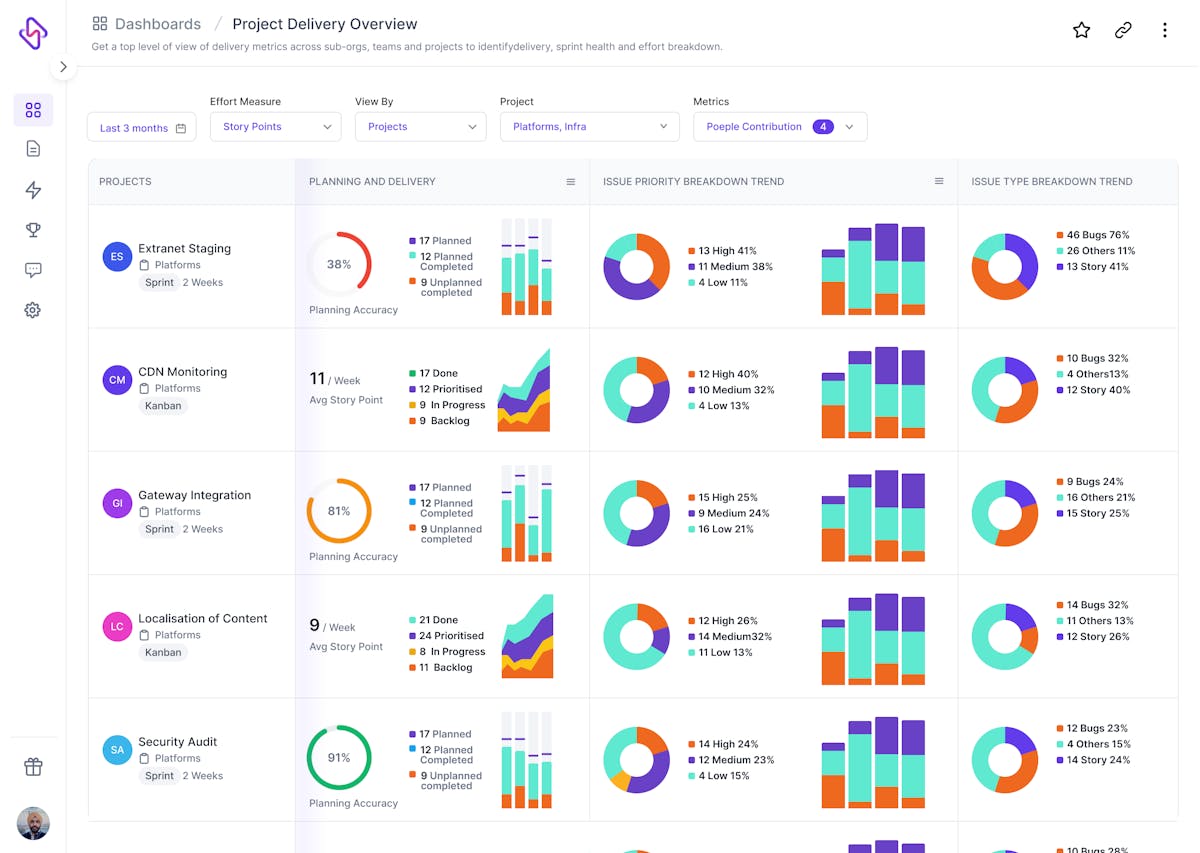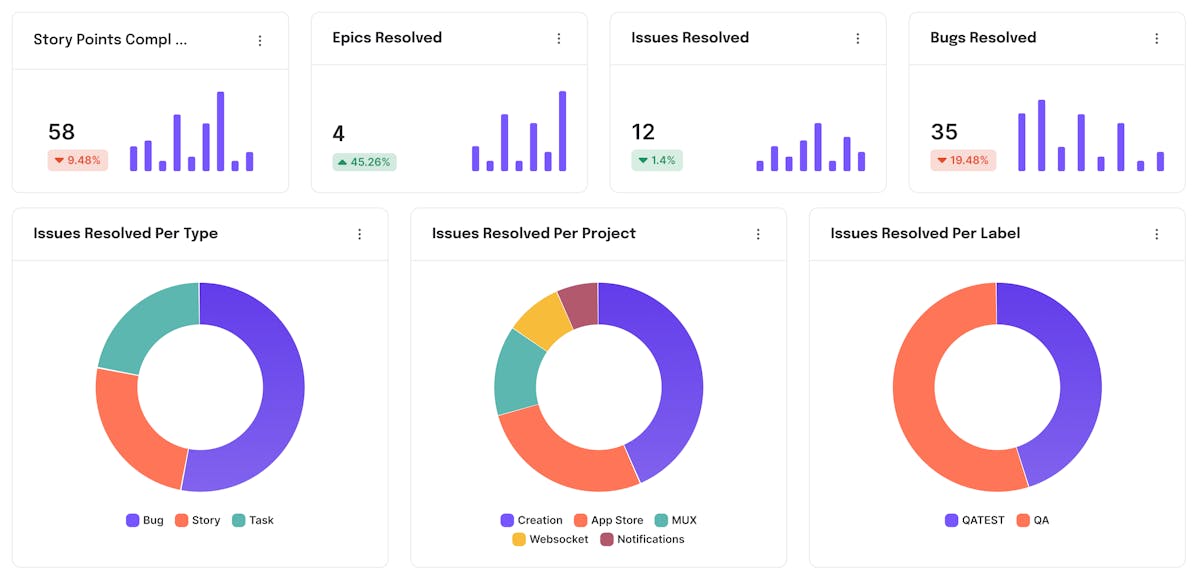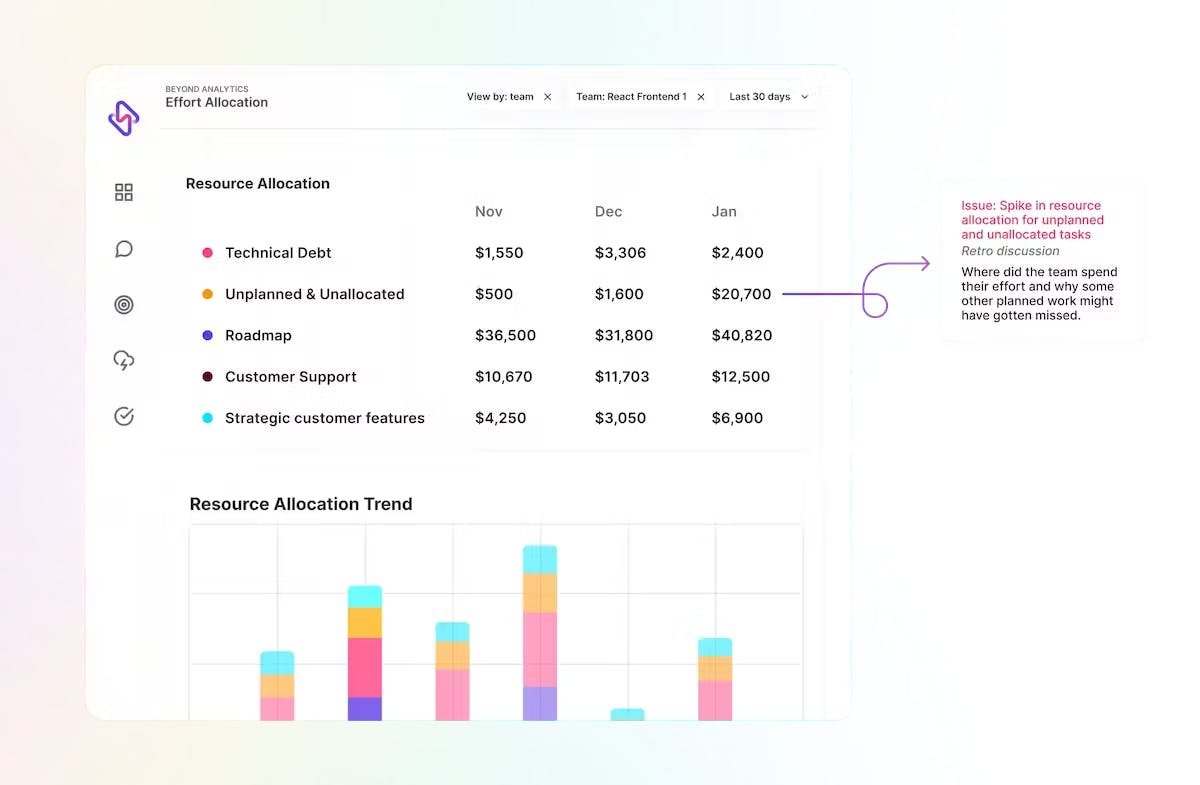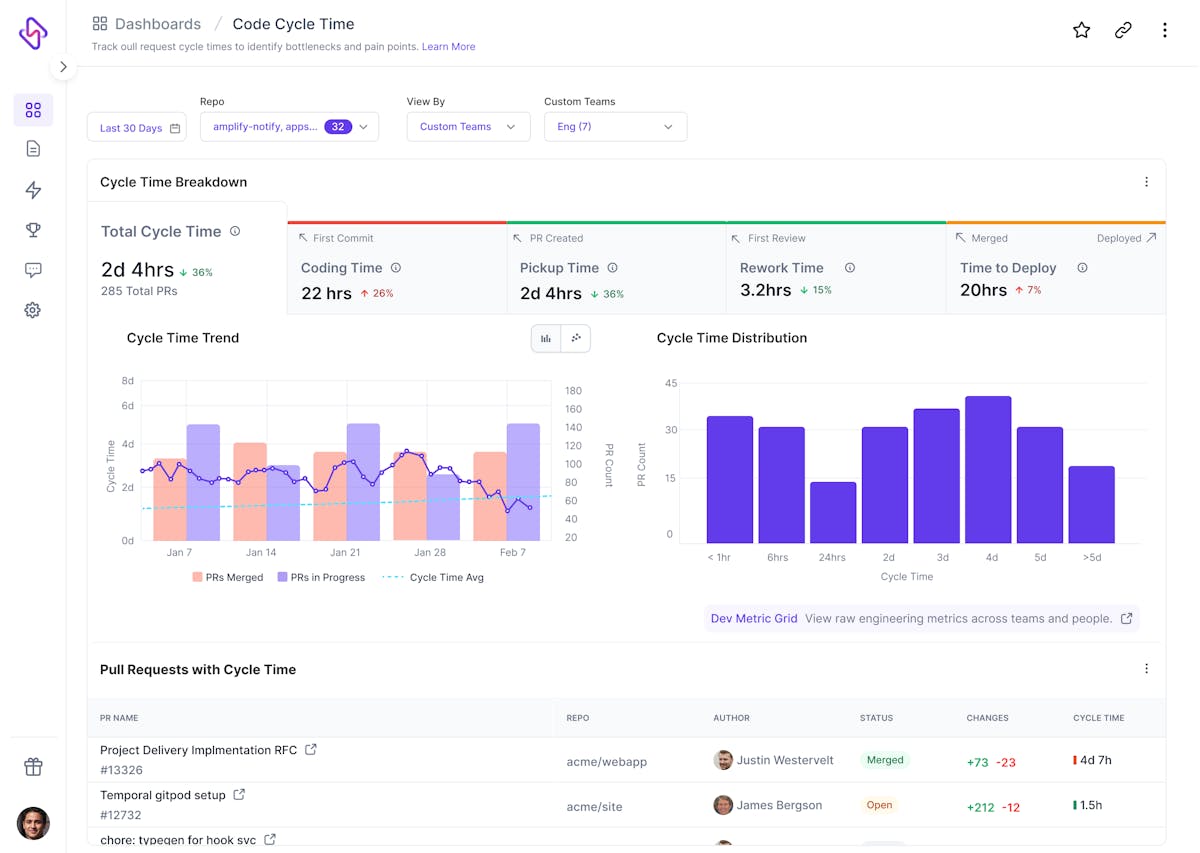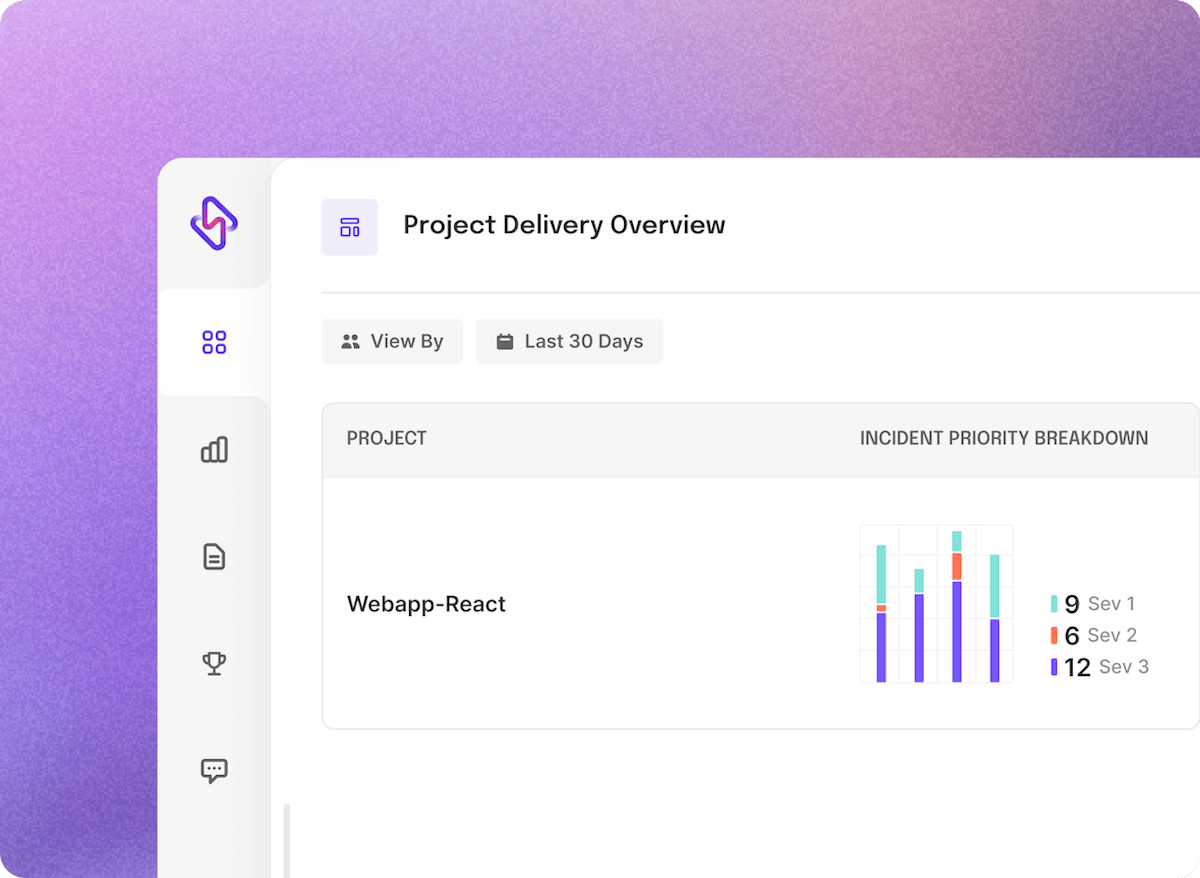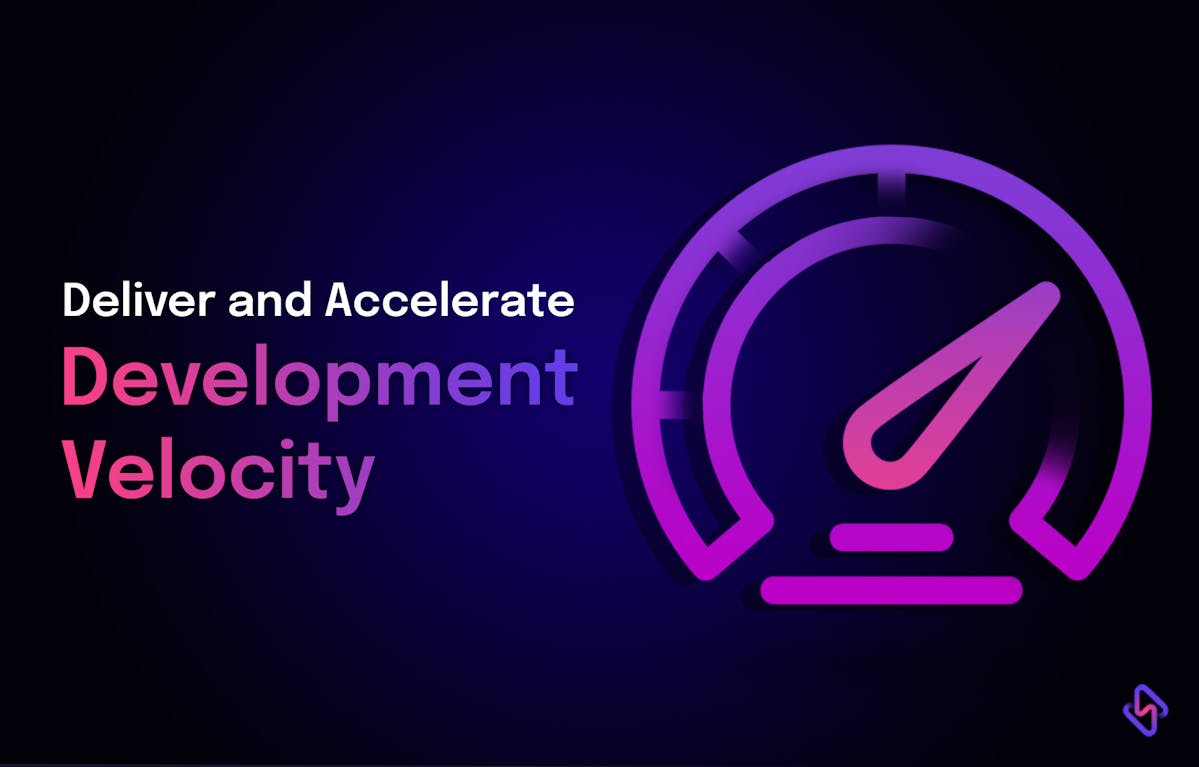Forecasting software project delivery is an achilles heel for both engineering managers, and product owners. Mostly if you plot a graph with two lines representing estimated software delivery timeline & actual work progress, it would be nothing less than a geometric tango of separation.
As shared in a research paper,
- 52.7% of software projects get delayed by as much as 198% of the estimates.
- 70% of developers have rarely delivered projects/features on time.
You may wonder, “Okay! The project gets delayed. So what?”
Trust us, we have been there. These delays can further spiral down into subpar value delivery to customers, even leading to your competitor overtaking them, an overwhelmed engineering team, high engineering frictions, shooting software development costs, and lack of alignment between stakeholders.
Read more to understand the implications of delayed projects, and how you may accurately forecast software delivery.
The Impact Of Project Delivery Delays
Well, delays in software delivery accrues cost. Not only does the budget shoot off the ceiling, but you lose a lot of potential revenue, profits, and market share.
A typical example of this could be AWS, GCP, and Azure (the 3 major cloud computing vendors). Industry wizards are of the opinion that AWS is ahead of GCP & Azure only because of the first-mover advantage. Even Jeff Bezos admitted that in an interview with Bloomberg where he called it a “Business Miracle”.
However, this wasn’t really a case of delayed delivery, but a case of what happens when you’re late to the market— your competitor gets way ahead of you. Nevertheless, it highlights the implications of being late to the game. Besides,
- HBR quoted a report that “...on average, companies lose 33% of after-tax profit when they ship products six months late.”
- McKinsey reaffirms this further with their study. They found out that on average large IT projects (with a budget north of $15 Million) overshoot budget by 45%. Some even cost as much as 400%. Unbelievable, right? The scary part is that 17% of these projects go so out of control that they threaten the very existence of the enterprises.
There are other indirect, non-financial costs associated with delayed projects besides the increased cost of development & slashed profits-
- Loss of customer loyalty
- Collapsing employee morale
- Low quality & unreliable products
- Erosion in brand’s perceived value, trust, and credibility
Not to mention, the domino effect of delayed projects on other running & upcoming projects. The point being made here is that a lot is at stake if the project gets delayed. So, it is highly critical that teams and enterprises realize the importance of accurately forecasting project delivery.
You need to harness the right tools & methods to make precise software delivery predictions. And then the entire team needs to align their actions to efficiently execute the project plans, and deliver the software by the forecasted delivery deadline date.
This goal-setting, and product delivery timeline predictability is important as a lot of other moving pieces like marketing & PR, branding, launch events, demand generation, sales, and support systems need to be in place at the time of the product launch for its success. None of these get done in seconds (unless you have Aladdin’s lamp, of course).
But before you dive into how you may accurately predict a software project’s delivery timeline, it’s important to understand where the team usually goes wrong with IT project delivery time estimations.
How To Forecast Project Delivery With Precision?
Well, you could harness probabilistic mathematical models like Monte Carlo Simulations and create custom solutions that devour past project data, and forecast project delivery estimates for the current/upcoming projects. It can help you predict-
- When can you expect to deliver a specific feature?
- If you could deliver a feature by a specific date?
- How many features could be delivered by a specific time?
- How many days could it take to deliver a specific feature, a set of backlog items, or the entire project?
- You could also use agile estimation methodologies like planning poker or story point estimation methods.
- Else, you may rely on your experience and ingenuity to make manual analogous predictions based on historical data of software projects similar in scope, size, and budget. Alternatively, you can use custom predictive analytics solutions to do the calculations for you.
- Wideband Delphi Technique is another good manual method for software project delivery estimations.
Ultimately, none of these will help you be accurate. Why? Because of Parkinson’s law (the adage)- Work expands to fill the time available for its completion. Does that mean you can never accurately forecast the project delivery timeline?
Well, the good news is ‘you can’.
The traffic on your way back home from the office is not much in your control. But how your project progresses is completely in your control. You don’t want roadblockers to decelerate the development velocity of your team?
Why Do Organizations Fail To Forecast Project Delivery Accurately?
Are you a frequent defaulter when it comes to completing projects on time?
If this is the case, maybe you’re underestimating the time, effort, and resources it would take to deliver the software applications.
Or do you always deliver projects on time?
Well, that should be a good thing. But if it’s so, it’s more of a problem. The chances are that you are sandbagging i.e., making highly inflated time estimates. Maybe 2X or 3X higher.
When it comes to project delivery timelines, being slightly late is a more healthy sign than completing on time or before time. Strange right?
Anyway, assuming that you’re not making inflated estimates, let’s try to zero in on why organizations fail to make accurate software project delivery forecasts.
Most teams & engineering leaders are not prone to estimation abyss. Engineering leaders' plans are mostly spot-on, but they fail to execute, aka they fail to implement the strategy.
We believe that the calculation of covering 8 KM in less than 20 minutes at a speed of 30 km/hr is not wrong. But it’s flawed as it fails to recognize the fact that the roads could be highly clogged with high traffic around 7 PM. Besides, you have to follow traffic rules and wait when the traffic lights ask you to stop. Also, you’ve to drive safely and slowly at speed breakers. So, even if you have the efficiency (developer skills/capability) to drive at 30km/hr, and if you have the fuel (number of developers) too, you might still not be able to get to your home in less than 30-40 minutes (fail to deliver the projects on time).
Similarly, teams often underestimate how their projects will get impacted by:
- sprint meetings
- developer turnover
- fluid business priorities
- project budget overruns
- developer morale & developer productivity,
- developer interviews, and
- critical bugs in production that scream for immediate attention.
And because teams don’t account for these speed breakers, they fail at making accurate project delivery forecasting.
Cool, in the long run, and predict their impacts before they start derailing your project.
And that’s where Hatica comes into the picture.



